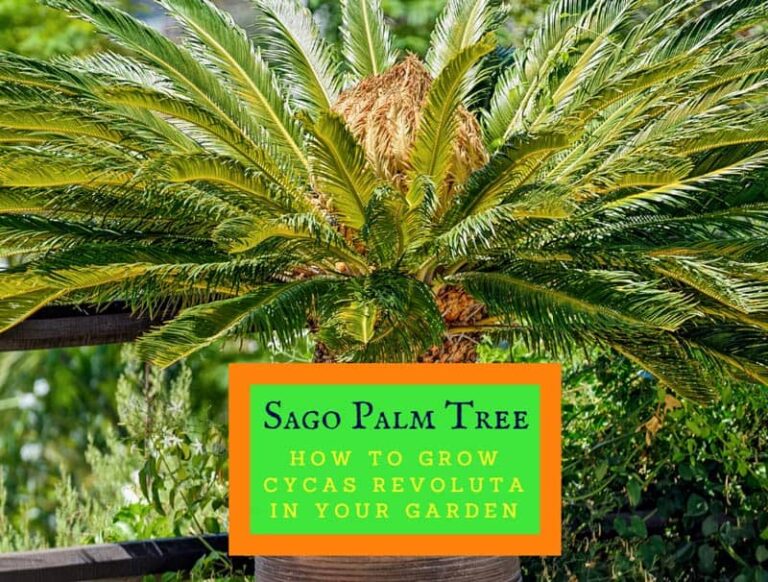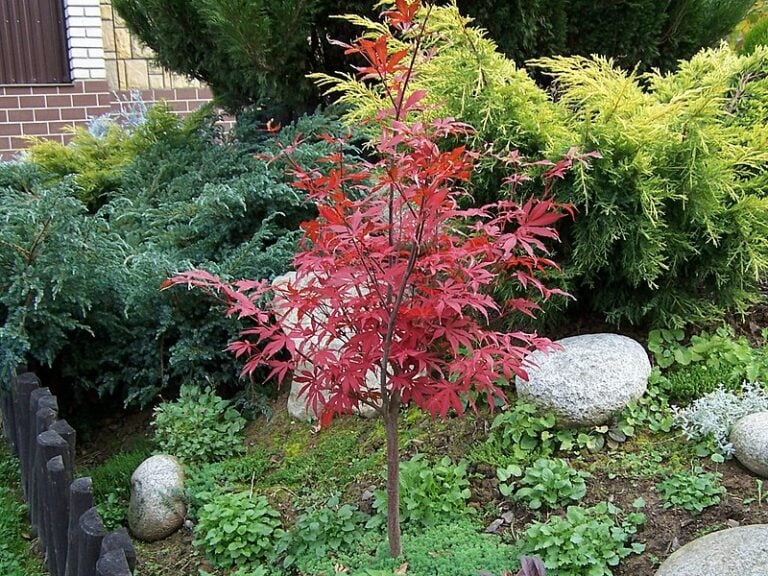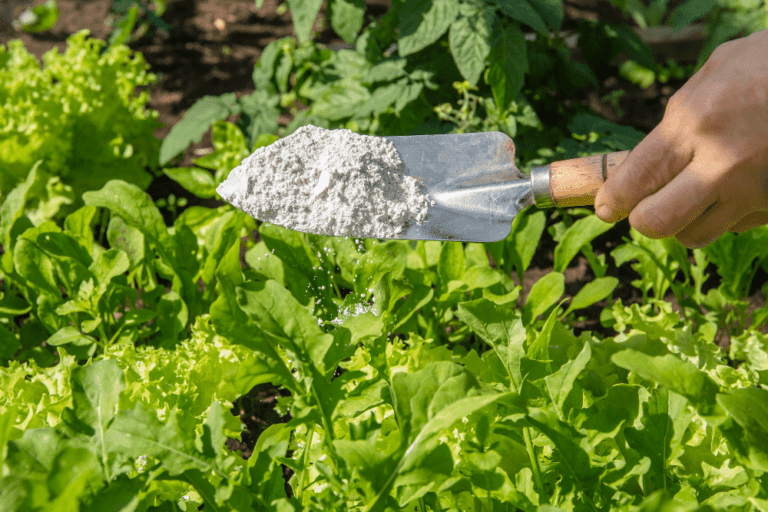Our Tips for the Best Trees for Containers
Our recommendation for the trees for containers is the National Tree Upright Juniper Tree. But this compact planter tree is one of several options available to you, should you be in the market to spruce up your garden in a unique way. We’ve added a few other recommendations for you below, as well as some ways you can enjoy this unique bit of foliage on your own property.
Our Picks for Best Trees for Containers
[wptb id="8096" not found ]Why Put a Tree in a Container?
When you think of a tree, it may be a bit tough to imagine one in a pot or some similar container-type receptacle. However, this concept makes a whole lot of sense from a pure practicality standpoint.
For instance, growing a tree in a container is ideal if you’re dealing with limited space on your property, such as if your small outdoor space is limited to a compact balcony, a tiny terrace, or a patio. A planted tree is going to be small enough to allow you to enjoy its beauty and add to your decor without fear of it growing to dominate your area.
Additionally, a tree that’s growing in a container will provide you with a level of versatility that you can’t get with a tree ensconced in the ground. For instance, if you have a couple of potted trees, you can use them to frame the doorway to your outdoor space, thus giving it additional character and a little extra depth.
Benefits of a Container Tree
A tree in your backyard looks cool, which is why it’s always a good idea to consider a container tree if your space is limited. However, looks aren’t the only reason why this option is terrific. Indeed, there are a host of benefits that you can enjoy by going this route.
For instance, a tree can help you create definitive structure and form within your space. This is particularly true if you have a small space, where its definition can easily and oftentimes be reduced to “four walls or boundaries.” This structure could be something as simple as providing a background for some of your other flowering plants.
You can also enjoy the tree throughout the entire year, regardless of the weather. Over time, the tree can also provide you with the sense of permanence, which is something that may not always be easy to establish if you’re in a smaller space or if your renting. A tree in full bloom will make you feel like you’re not going anywhere.
What’s more, if you get a few trees in planters, they can provide you with an added dose of privacy. Lining them up next to each other can provide a simple yet effective barrier from what would otherwise be an open barrier.
Planting the Tree in a Container: A Video Demonstration
While you can pick up pre-container trees – which is the route that you may want to do if you’re a novice – those with greener thumbs may be inspired to tackle the concept of planting the tree into the container itself. As this video shows, this is something that isn’t too terribly arduous to accomplish.
What Kind of Tree Should I Get?
If you’re getting a tree that’s already pre-potted, you should expect the tree to be small, slow-growing, and have a compact root system that won’t have the desire to spread out over time. Also, unless you’re absolutely looking to pick up a pre-potted fruit tree, you can expect the tree to be relatively clear from the threat of the messiness than come from dropped seeds or fruit.
While you can seek out trees that react to the seasons via spring blossoms or fall foliage, your best bet from a practical standpoint may be to stick to an evergreen variety. However, you should make sure that you select a hardy tree that can thrive in your particular hardiness zone to make sure your tree yields optimum results.
Taking Care of the Tree
Even though trees are big, sturdy bulwarks that look like they can take care of themselves fine, the truth is you need to make sure you provide sufficient care and maintenance. If you don’t, your tree won’t look nearly as good as you may hope.
As with most other plants, soil plays an important role in making sure your trees are growing at their best. Specifically, you need to make sure the soil in the container provides a certain level of aeration and drainage. Doing so will make sure your soil is receiving sufficient water without getting waterlogged.
One of the biggest ways you can help ensure sufficient drainage is happening is by making sure the container the tree is in has sufficient drainage holes. If you feel it’s lacking in this department, you may want to consider drilling or cutting extra holes into the planter. It should be noted that most decorative pots do not come with drainage holes.
You should also be mindful of a tree’s growth. While you may work to prune the trees so that they visibly stay a certain size, the roots will continue to grow. As such, it may behoove you to repot your tree once every two to three years.
Will My Tree Get Too Big?
The cool thing about tree growth, is that it’s typically proportional to the size of its root system. What this means is, if a tree is planted in a container and the roots don’t have anywhere to continue growing, your tree’s growth with ultimately cease.
However, as implied previously, this doesn’t necessarily mean that your tree won’t outgrow your container. It’s important that you monitor the growth of your tree and how it fits in its space. If it starts showing any signs of not being able to fit comfortably, then it’s time to think about re-potting the plant.
Our Recommendation: National Tree Upright Juniper Tree
If you have a small space, you’ll probably want a small tree. However, there is more to this desire than that – you probably want to make sure it still looks like a tree instead of a plant. If you didn’t have this, you’d probably be looking at getting a plant.
That’s why we recommend the National Tree Upright Juniper Tree. There is no denying that the plant is a tree, even if it does stand 3 feet tall. This size also demonstrates that you don’t have to resort to the realm of the bansai to have a small tree on your property.
Of course, it’s important to make sure you work to maintain the size and shape after you bring the tree and its container home. However, this can be accomplished by carrying out some gardening maintenance, just like you would with any other plant.
At the end of the day, with a little pruning and a little love, your garden can be home to a very impressive piece of botany. More importantly, you’ll have sufficient space in your backyard to enjoy the tree, regardless of where you decide it should be placed.
Photo by Hardyplants licensed by CC0

![Best 4 Cycle Trimmer Reviews [year]](https://properlyrooted.com/wp-content/uploads/2022/10/Husqvarna-967055801-Straight-4-Stroke-Trimme-768x768.jpg)




